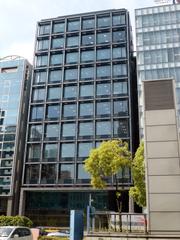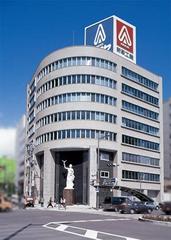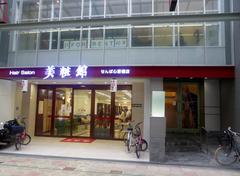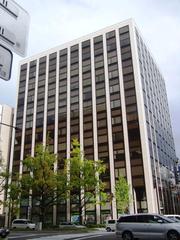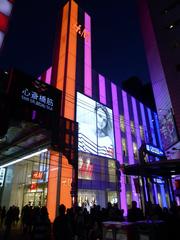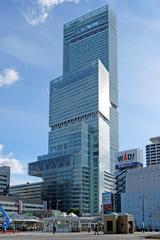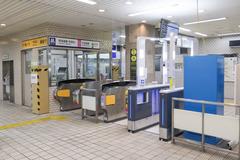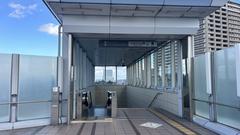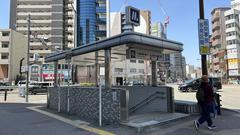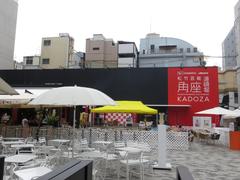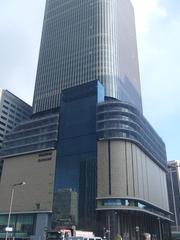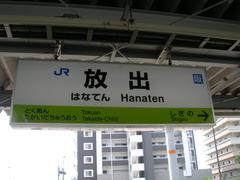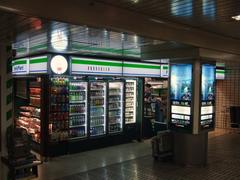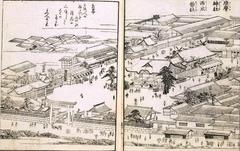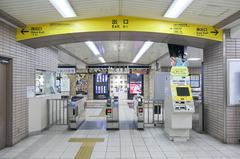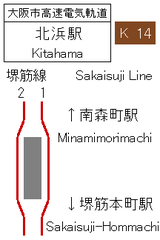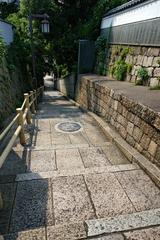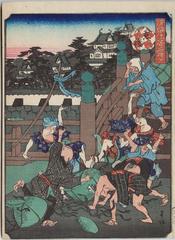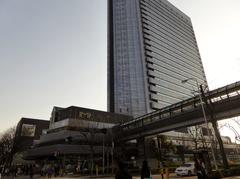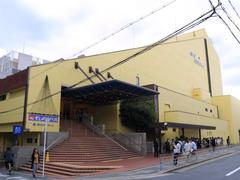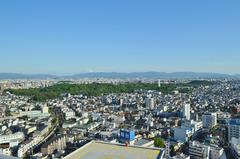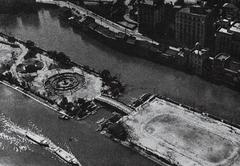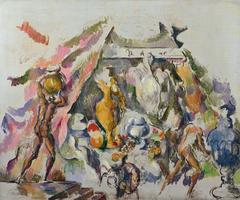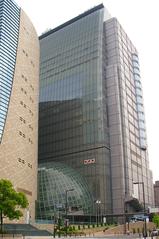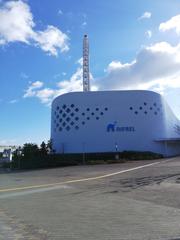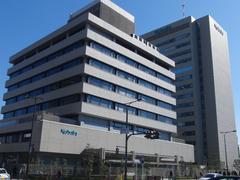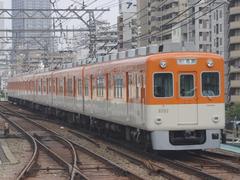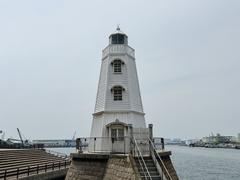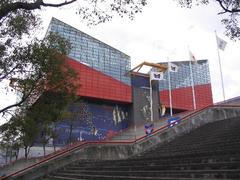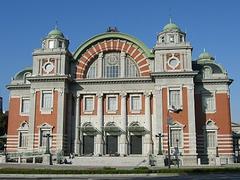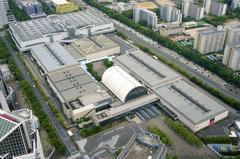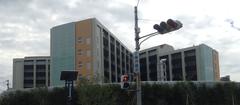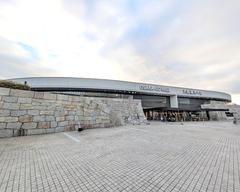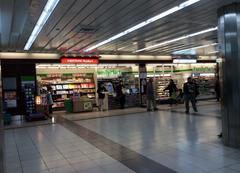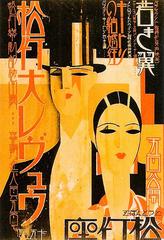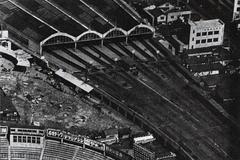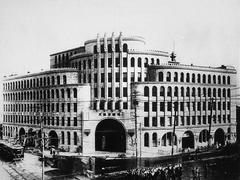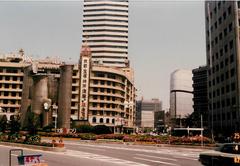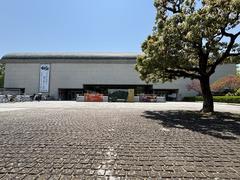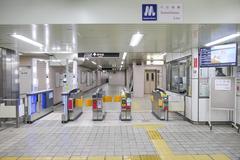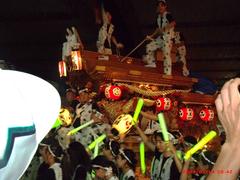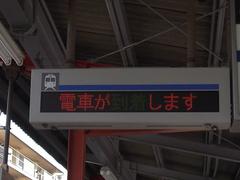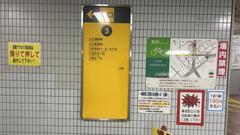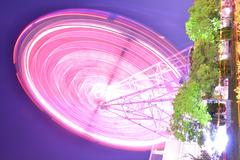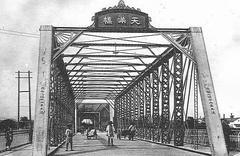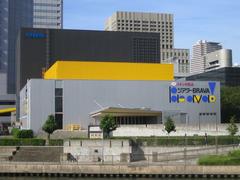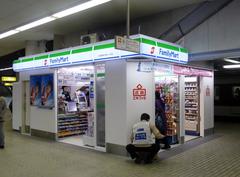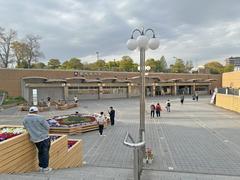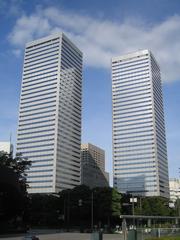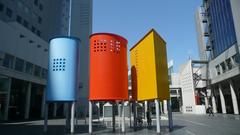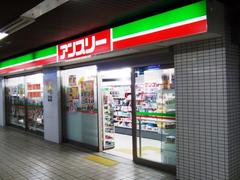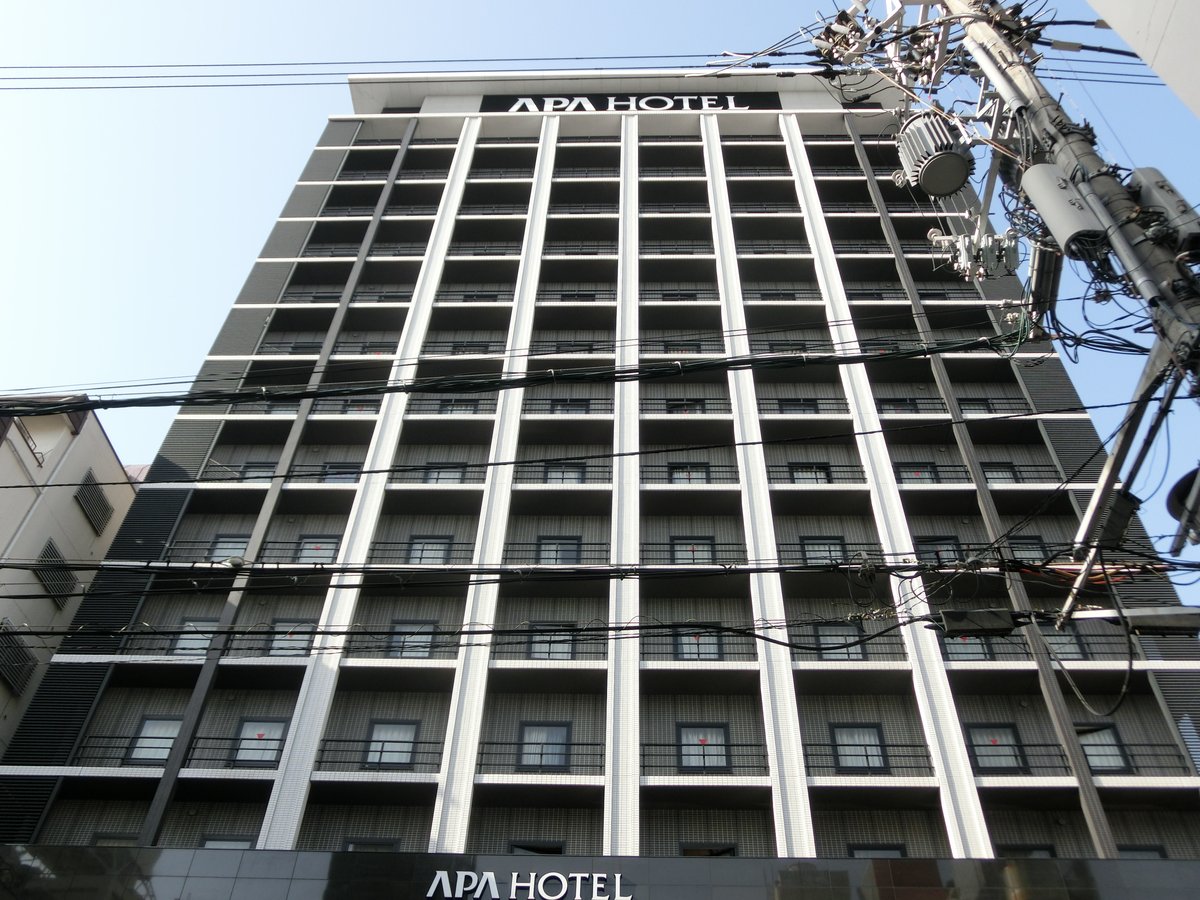
Comprehensive Guide to Visiting Shinsaibashi, Osaka-shi, Japan
Date: 23/07/2024
Introduction
Shinsaibashi, situated in the Chūō-ku ward of Osaka, Japan, is a dynamic district that seamlessly blends historical richness with modern vibrancy. From its inception during the Edo period as a pivotal commercial hub, Shinsaibashi has evolved into one of Osaka’s premier shopping and cultural destinations. This area, known for its intricate blend of traditional and contemporary architecture, offers a multitude of experiences for visitors—from luxury shopping and delectable street food to cultural festivals and historical exploration. (Osaka Convention & Tourism Bureau, Shinsaibashi-suji Shopping Street Official Website)
Table of Contents
History of Shinsaibashi
Origins and Early Development
Shinsaibashi’s history dates back to the Edo period (1603-1868). The area developed around the Shinsaibashi Bridge, constructed over the Nagahori-gawa canal and financed by local merchant Shinsai Okada. This bridge became crucial for transportation and commerce, facilitating the movement of goods and people within Osaka.
Edo Period - A Commercial Hub
During the Edo period, Shinsaibashi flourished as a commercial district. Its strategic location near the Dotonbori entertainment district and the bustling Namba area made it a prime spot for merchants and traders. The Shinsaibashi-suji Shopping Street, running parallel to the Nagahori-gawa canal, became a focal point for commerce, attracting locals and visitors with its various shops selling textiles, clothing, and other goods.
Meiji Restoration and Modernization
The Meiji Restoration in 1868 marked a significant turning point for Shinsaibashi. With Japan opening to the West, the area saw an influx of Western influences. Western architecture and fashion led to new businesses, including department stores and boutiques. The Shinsaibashi-suji Shopping Street continued to evolve, incorporating modern retail concepts while retaining its traditional charm.
Post-War Reconstruction and Economic Boom
The aftermath of World War II brought significant changes to Shinsaibashi. The area suffered extensive damage during the war, but post-war reconstruction efforts led to rapid economic growth and urban development. Shinsaibashi emerged as a symbol of Osaka’s resilience and adaptability, with the 1950s and 1960s seeing the construction of modern buildings and the expansion of the shopping district.
Shinsaibashi in the Late 20th Century
The late 20th century saw further transformation for Shinsaibashi. The area continued to attract both local and international brands, solidifying its reputation as a premier shopping destination. The construction of the Shinsaibashi Station on the Osaka Metro Midosuji Line in 1933 made the area even more accessible, boosting foot traffic and commercial activity.
Cultural Significance and Modern-Day Shinsaibashi
Today, Shinsaibashi is a cultural landmark that reflects the history and evolution of Osaka. The area is home to a mix of traditional and modern architecture, with historic buildings standing alongside contemporary structures. The Shinsaibashi-suji Shopping Street remains a bustling thoroughfare, attracting millions of visitors each year and offering vibrant nightlife.
Notable Landmarks and Historical Sites
Several landmarks in Shinsaibashi offer a glimpse into its rich history. The Daimaru Shinsaibashi department store, established in 1922, blends Western and Japanese architectural elements. Amerika-mura (American Village), emerging in the 1970s, is known for its eclectic mix of shops, cafes, and street art, making it a popular destination for both locals and tourists.
Visitor Information
Visiting Hours
Shinsaibashi-suji Shopping Street is typically open from 10:00 AM to 9:00 PM, though individual store hours may vary.
Ticket Prices
There are no entry fees to visit Shinsaibashi-suji Shopping Street. However, some attractions or events may have their own ticket prices.
Travel Tips
- Public Transport - Shinsaibashi Station on the Osaka Metro Midosuji Line is the most convenient access point.
- Best Time to Visit - Weekdays are less crowded, making for a more enjoyable shopping experience.
- Local Etiquette - Be mindful of local customs and etiquette, especially in traditional shops and eateries.
Nearby Attractions
- Dotonbori - Famous for its vibrant nightlife and street food.
- Namba - A bustling area with shopping, dining, and entertainment options.
- Osaka Castle - A historic landmark offering beautiful gardens and panoramic views.
Unique Aspects
Special Events
Shinsaibashi hosts various events throughout the year, including seasonal festivals and cultural performances.
Guided Tours
Several guided tours are available, offering insights into the history and culture of Shinsaibashi and its surroundings.
Photographic Spots
Key photographic spots include the Shinsaibashi Bridge, Daimaru Shinsaibashi department store, and Amerika-mura’s vibrant streets.
FAQ
- What are the visiting hours for Shinsaibashi-suji Shopping Street?
- The street is typically open from 10:00 AM to 9:00 PM, though individual store hours may vary.
- Are there any entry fees to visit Shinsaibashi?
- There are no entry fees, but some attractions or events may have their own ticket prices.
- What is the best way to get to Shinsaibashi?
- The most convenient access point is Shinsaibashi Station on the Osaka Metro Midosuji Line.
- What are some nearby attractions?
- Nearby attractions include Dotonbori, Namba, and Osaka Castle.
Conclusion
Shinsaibashi stands as a testament to Osaka’s enduring spirit and adaptability, reflecting a rich tapestry of history, culture, and modernity. Whether you’re intrigued by its historical evolution, eager to indulge in a shopping spree, or keen to savor local culinary delights, Shinsaibashi offers a unique and enriching experience for every visitor. With its strategic location, plethora of attractions, and vibrant atmosphere, Shinsaibashi remains an unmissable destination in Osaka. For more detailed visitor information and updates, be sure to check out the Osaka Convention & Tourism Bureau and the Shinsaibashi-suji Shopping Street Official Website.
References
- Exploring the Rich History and Modern Charm of Shinsaibashi - Visiting Hours, Tickets, and More, 2024, Author source
- Complete Guide to Visiting Shinsaibashi - History, Shopping, and Visitor Tips, 2024, Author source
- Ultimate Guide to Visiting Shinsaibashi - Best Time, Tips & Nearby Attractions, 2024, Author source


